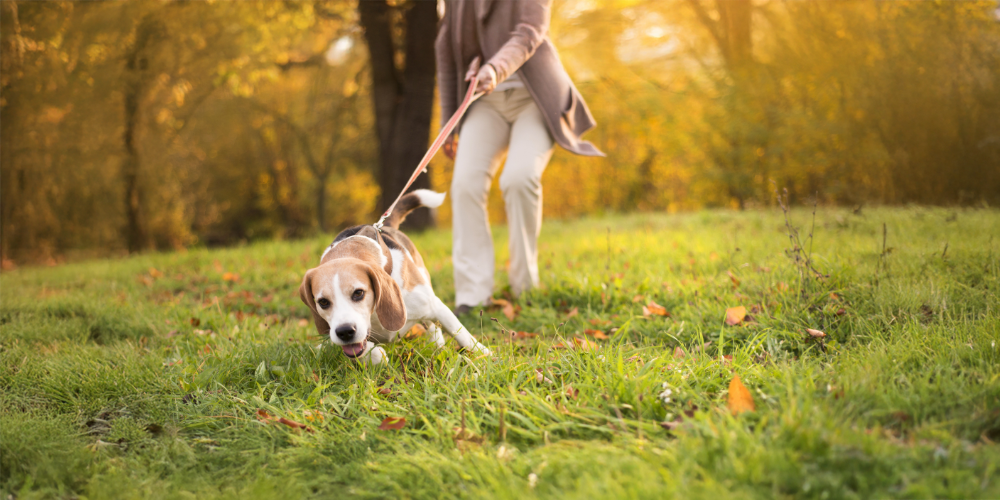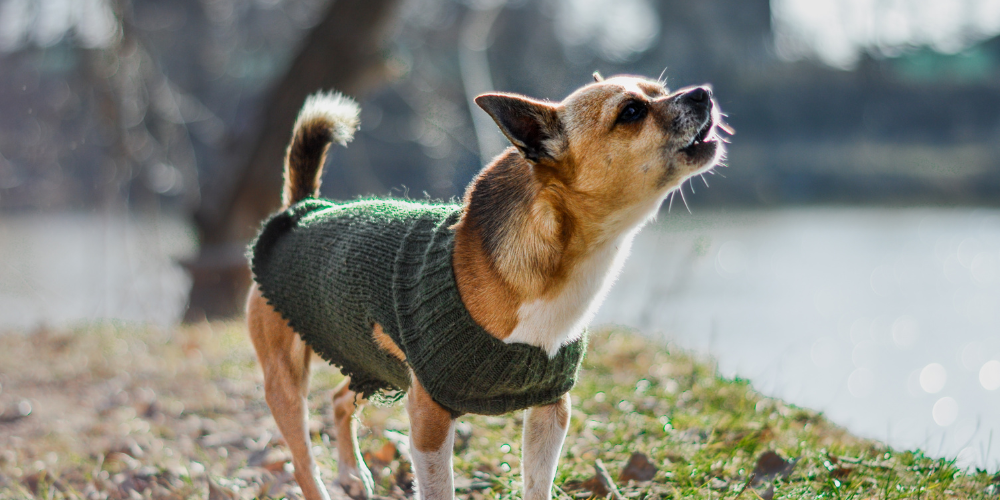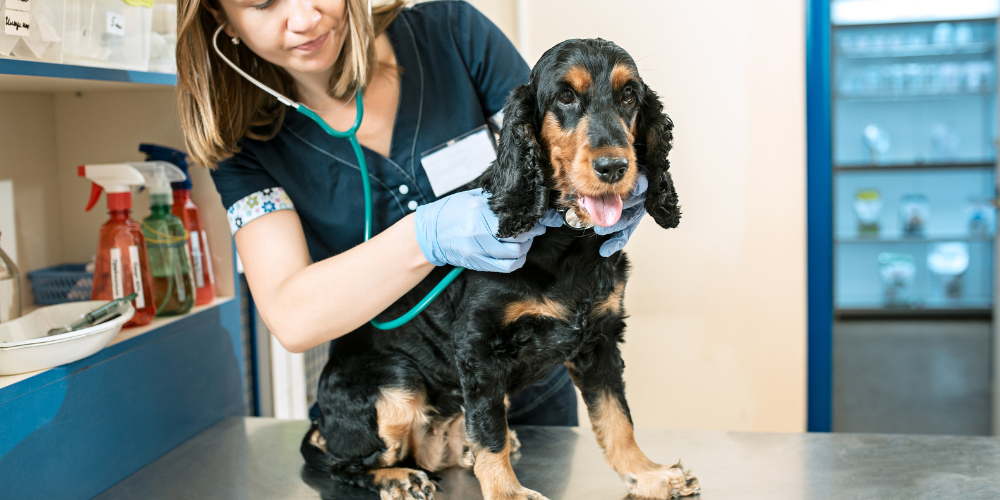
Is Your Dog Taking You for a Walk?
Does your daily walk feel more like a full-body workout? If your dog pulls on the lead like they’re training for a sled race, you’re not alone. Lead pulling is one of the most common struggles for dog owners, but the good news is—it’s completely fixable. With a few simple training techniques and the right gear, you can turn chaotic walks into calm, enjoyable strolls. Here’s how to stop your dog from dragging you down the street and start enjoying your time together.
Why Do Dogs Pull on the Lead?
Dogs don’t pull to annoy you—they’re just excited! Walking is one of the most stimulating parts of their day, and they want to explore everything as fast as possible. Sometimes, they’ve learned that pulling gets them where they want to go faster, reinforcing the behaviour. Understanding why your dog pulls is the first step to solving the problem.
The Right Gear for Better Walks
Not all leads and harnesses are created equal. Using the wrong equipment can make pulling worse. Here’s what to consider:
- A front-clip harness: Helps redirect your dog’s movement without choking them.
- A sturdy lead: A short or standard-length lead gives you more control. Avoid retractable leads—they encourage pulling.
- A head collar: Works for some dogs, but should be used carefully with proper training.
How to Teach Your Dog to Stop Pulling
Training your dog to walk nicely on the lead takes consistency and patience. Try these steps:
- Stop moving when they pull – The second your dog starts pulling, stand still. Only walk again when the lead is loose.
- Reward good behaviour – When your dog walks beside you without pulling, give them a treat and praise.
- Use a ‘heel’ or ‘let’s go’ cue – Teach your dog a command to remind them to stay by your side.
- Change direction often – If your dog pulls, turn around and walk the other way. This keeps them focused on you.
Mistakes That Make Pulling Worse
Even well-meaning owners can accidentally reinforce pulling. Here’s what to avoid:
- Letting them pull to get to something – If your dog drags you to sniff a bush, they’ve just learned that pulling works.
- Using a back-clip harness – This can actually encourage pulling, as it gives them more freedom to lean forward.
- Pulling back on the lead – Dogs naturally resist pressure. If you pull, they’ll pull harder.
Tips to Keep Training on Track
- Keep walks short at first to prevent frustration.
- Practice in a quiet area before trying busier streets.
- Be patient—some dogs take longer to learn than others.
How Long Does It Take to Train a Dog to Stop Pulling?
It depends on the dog. Some pick it up in a few weeks, while others take months. The key is consistency. If you stick to the training, your dog will improve over time.
What If Nothing Is Working?
If your dog is still pulling despite your best efforts, consider:
- Hiring a professional trainer for one-on-one guidance.
- Increasing their daily exercise—some dogs pull because they have too much pent-up energy.
- Checking if they’re uncomfortable—an ill-fitting harness or medical issue could be causing frustration.
Summary
Lead pulling is frustrating, but it’s not permanent. By understanding why dogs pull, using the right gear, and applying simple training techniques, you can teach your dog to walk calmly by your side. Stay patient, be consistent, and soon, walks will be something you both enjoy—without the tug-of-war.



